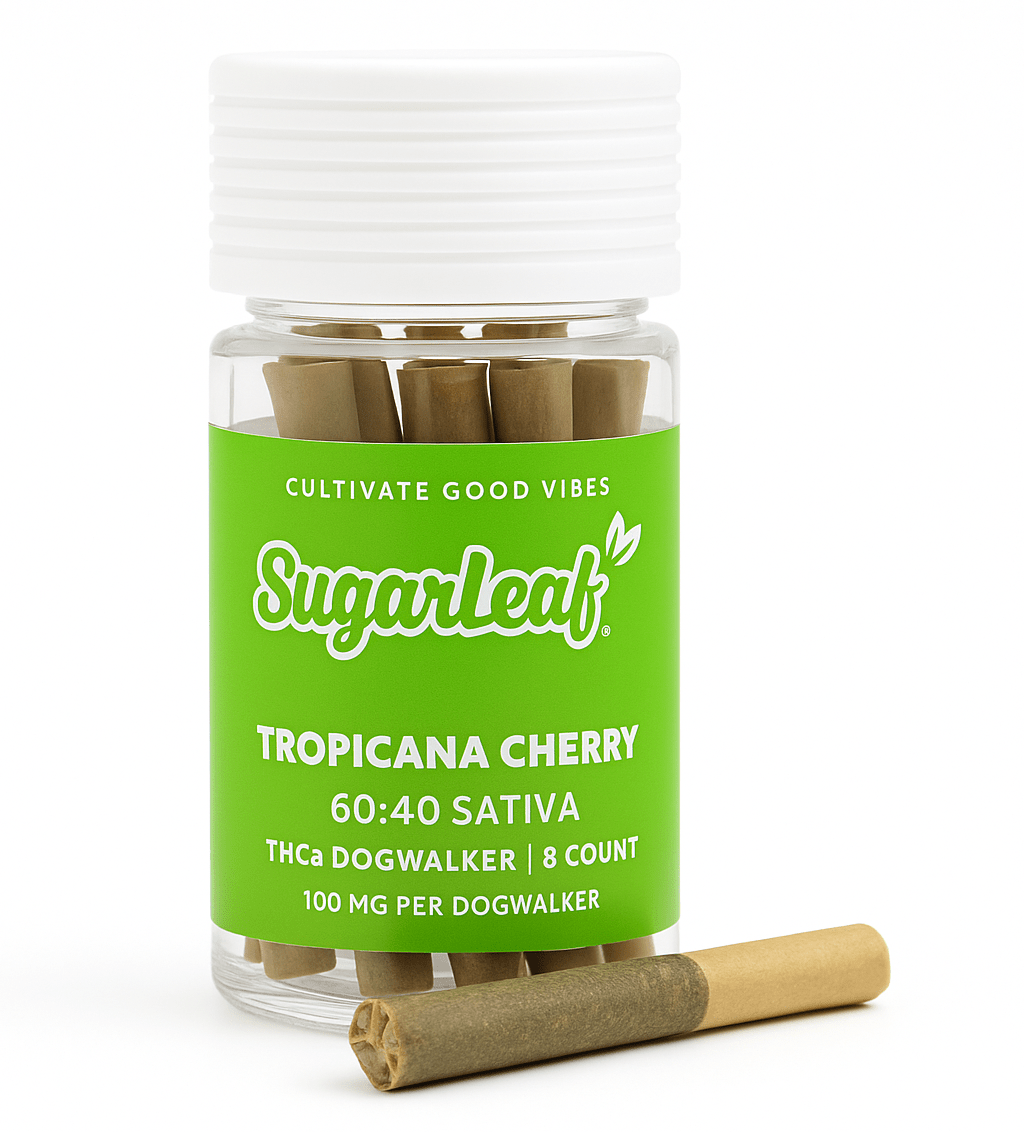
Because hemp is such a new crop, farmers don’t always have access to reliable information regarding best management practices or the genetics of different cultivars. However, the Midwestern Hemp Database (MHD) is trying to change that.
According to MHD documents, MHD is a collaborative project intended “to provide regional insight into agronomic performance and cannabinoid development of hemp cultivars grown for cannabinoid production.” This collaboration involves land grant institutions, private laboratories, non-profit organizations and grower-cooperators in the Midwest.
In 2020, over 130 growers submitted samples to the project for cannabinoid profiling. Details like planting method, row spacing, irrigation, planting date, flowering date and yield were also tracked in the database. This data was released February 2021 in the MHD 2020 Research Report, which is now available to the public.
This report is a treasure trove of information for growers who are looking to improve their success with this crop. The data shown in the report may also benefit other professionals in the hemp industry by providing insight into regional hemp production trends.
Here are some of the most important details released in the report on the 2020 growing season:
- Hemp is typically grown on less than five acres - The Midwest has seen an increased number of licensed growers, but a decrease in acreage. This reportedly indicates that the average operation size has decreased.
- Hemp must be treated as a high input specialty crop - Although some direct seeding strategies have been developed, high cannabinoid hemp is still mostly established by transplants from seed followed by transplants from clones. Low seedling vigor, poor seed quality and high seed costs are the expected cause. As a result, hemp must be treated like a specialty crop instead of a row crop for growing operations to be successful.
- Early season weed control can be vital - Because there are currently no approved chemical weed control options available, farmers must rely on the use of cover crops, cultivation plasticulture, mowing between rows and other alternative strategies. However, once the crop is established it is likely to outcompete most weeds.
- Most high cannabinoid hemp will flower from August until October - High cannabinoid hemp is often hand harvested, but mechanical methods are also being developed and used. The average stripped floral yield was about 1.22 pounds per plant.
- A relationship exists between total CBD and total THC - Many CBD dominant cultivars appear to show a linear or curvilinear relationship between the total CBD and total THC. Total CBD is often unable to exceed 8% without the plant exceeding 0.3% THC. Cultivars that maintain a stable 25:1 CBD to THC ratio throughout flowering may help farmers maximize their production of CBD without their crop exceeding the regulatory threshold for THC.
Because hemp is still a new crop, there is plenty of room for farmers and other industry leaders to improve upon current production methods. Even more trends are likely to become clear over time as long as there are still farmers who are willing to submit samples and data from their fields.
Over 130 growers participated in the MHD project last year. The project is still accepting applications for 2021.
Sources
[1] https://hemptoday.net/midwest-research-initiative-delivers-first-results-on-cannabinoids/








































